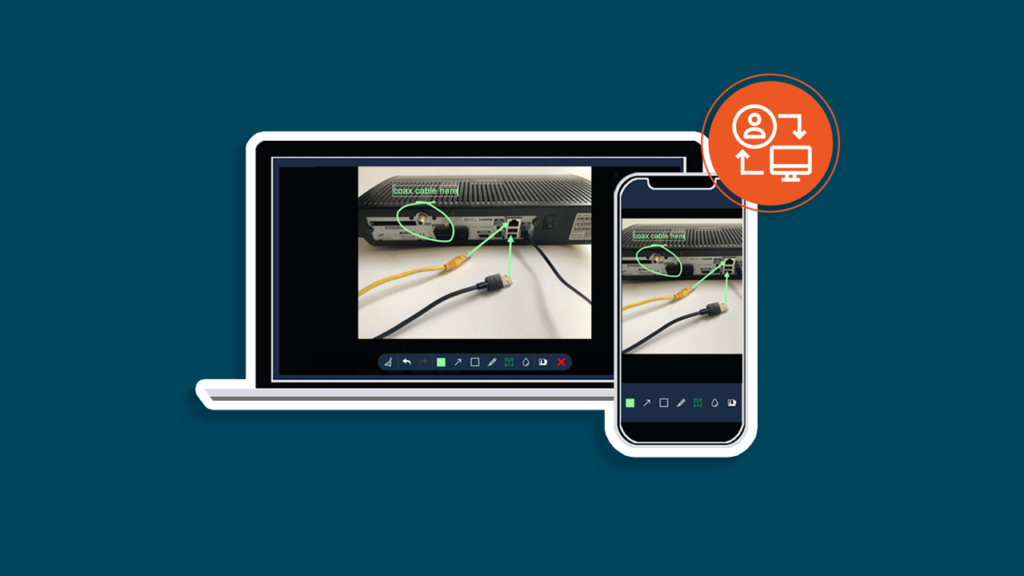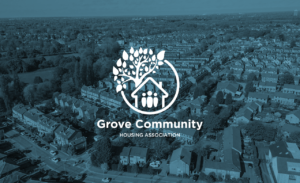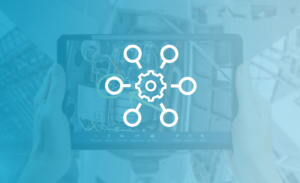One of the biggest contributors to improving our lives over the last two years since the onset of Covid19 has been WebRTC, which enables secure, browser to browser communications using video, voice and chat. WebRTC which stands for web real-time communications is code that is built into all browsers such as Chrome, Firefox and Safari and as such is free of charge. WebRTC is used by cloud video conferencing and collaboration services such as Zoom. WebRTC is a little like having a free video phone pre-installed on your smartphone or PC. Crucially for remote visual services, it is already installed on billions of Apple & Android smartphones which means setting up a remote video session to any phone can be done with a simple mouse click or thumb press, without the remote party having to install an app.
A Remote Visual Assistance, or inspection, session is set up by the initiator sending the remote party an SMS or WhatsApp message containing a hyperlink which when clicked automatically joins the two parties on a WebRTC video session. The inspector can then guide the remote party using AR features such as a pointer and annotations, into situations where images can be captured using the smartphone’s HD camera, text can be captured with optical character recognition (OCR) and anomalies can be detected.
There are also several tools and features that significantly reduce the administration and follow-up that is normally required after an inspection. The main Inspection features can be summarised as follows:
- High quality, low latency video which is encrypted and optionally, recorded.
- Remote party can be guided with screen pointer & annotations.
- Inspector can capture an image from the remote smartphone camera.
- Smartphone torch switch on/off.
- Voice & chat communications with translation.
- Optical character recognition for documents, serial numbers, linear and QR codes.
- Detect anomalies, recognise people & objects within videos and images using AI.
- Distance measurement.
- Scan sounds such as machinery for anomalous sounds which may indicate wear or impending failure.
- Automatically produce branded Inspection Report containing all session images, chat transcript, OCR captures, geographic location map.
- Smart glasses support to provide hands-free assistance to a remote party.
- Image tagging by an inspector for later searching eg ‘scorched fusebox case’.
- A pre-set checklist to prompt & guide Inspector.
In the near future, we expect to see new features based around new smartphone technology such as LiDAR which is installed on newer smartphones such as the iPhone 12. LiDAR can scan and render 3D objects which can be used in many sectors such as surveying and insurance. There are also some interesting developments with thermal imaging. Greater control of smartphone applications from the inspector end would be useful so that the remote party is spared the hassle, such as the ‘Measure’ tool which on newer iPhones uses LiDAR to measure distance. This tool is built-in and ready to go, if the inspector could launch it remotely without an app install that would be good.
Remote visual assistance is a rapidly developing technology that is drawing lots of attention from a wide variety of sectors because of the huge benefits and lack of complexity. Travelling costs can be slashed, carbon footprints reduced, Covid19 avoided, a smaller workforce is needed which is more productive. The benefits are very compelling and the ROI short and is easy to calculate.



